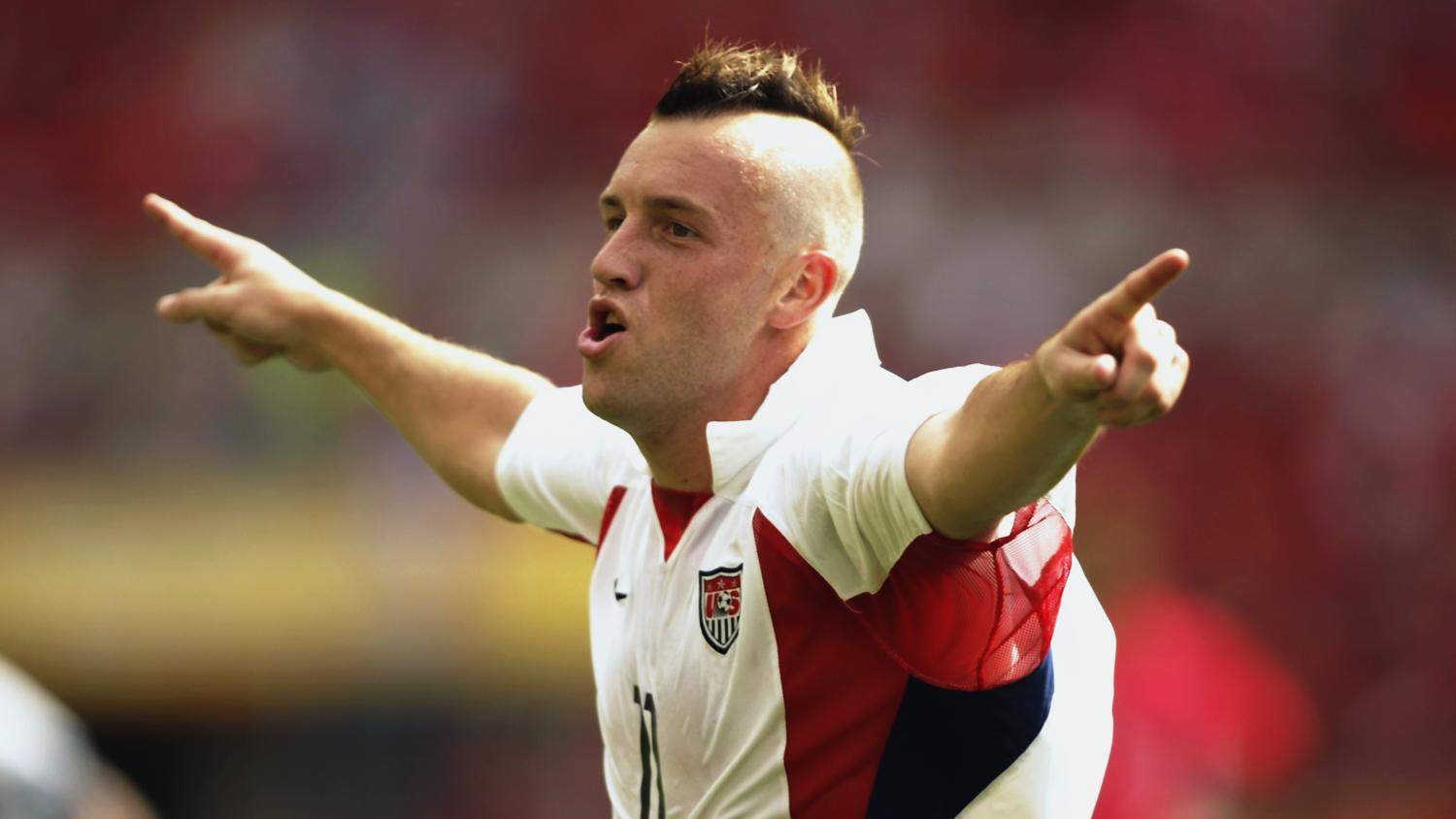Ole Gunnar Solskjær went some way toward discarding his “Baby-face” misnomer on Monday with a savage dig at anyone that dares stray from mass conformity. Much like José Mourinho before him with his effusive praise of Scott McTominay’s “normal haircut,” Solskjær’s weird anecdote about dismissing a transfer target solely because of what they did with their hair shafts must have Paul Pogba raring to sign a contract extension at Old Trafford.
"I once went to see a player and as he walked out of the dressing room or through the tunnel onto the pitch, he had a mohican, this was when I was back in Norway," Solskjær told Sky Sports. "I just said to my scout: 'Let's go home, not interested.' Honest truth. That was a very short scouting trip."
Maybe this is the straightforward approach of a no-nonsense, old-school leader that’s always going to put the collective before the individual, or maybe it’s a horrendous example of confirmation bias, an overconfidence in misguided personal beliefs and an illusory correlation (mohawk = bad attitude) where in fact no such relationship exists.
What exactly is a mohawk and why should a football manager be so afraid of it?
Regarding the word itself, it’s something of a historical inaccuracy. While tribes of the Iroquois Confederacy in northeast North America, including the Mohawk and Mohicans, wore a square of hair on the back of their heads, this was achieved by pulling out small tufts of hair around the scalp over time.
The mohawk as we know it — with shaven sides and a strip in the middle — was actually a staple of the Pawnee people that were historically located in Nebraska and Kansas. The Pawnee would be drawn into war with the Dakota, Lakota, Cheyenne, Arapaho, Comanche and Kiowa over time, aggressions which eventually resulted in many Pawnee warriors enlisting as Indian scouts in the U.S. Army during the Great Plains War.
The mohawk would make its return in the 1940s during World War II. The 101st Airborne Division (“The Screaming Eagles”) served as the tip of the spear during D-Day, performing a night drop before the invasion, and proved instrumental at the Battle of the Bulge and in the liberation of the Netherlands.
One of the most famous paratroopers in the 101st was Choctaw descendent Jake McNiece, who was awarded four Bronze Star Medals, two Purple Hearts and the Legion of Honor from France. It was McNiece’s mother, herself a member of the Choctaw Nation, who said that the 101st might as well look like Native American warriors since they displayed the same unbreakable fighting spirit and possessed the same levels of selfless bravery, so that’s what they did.
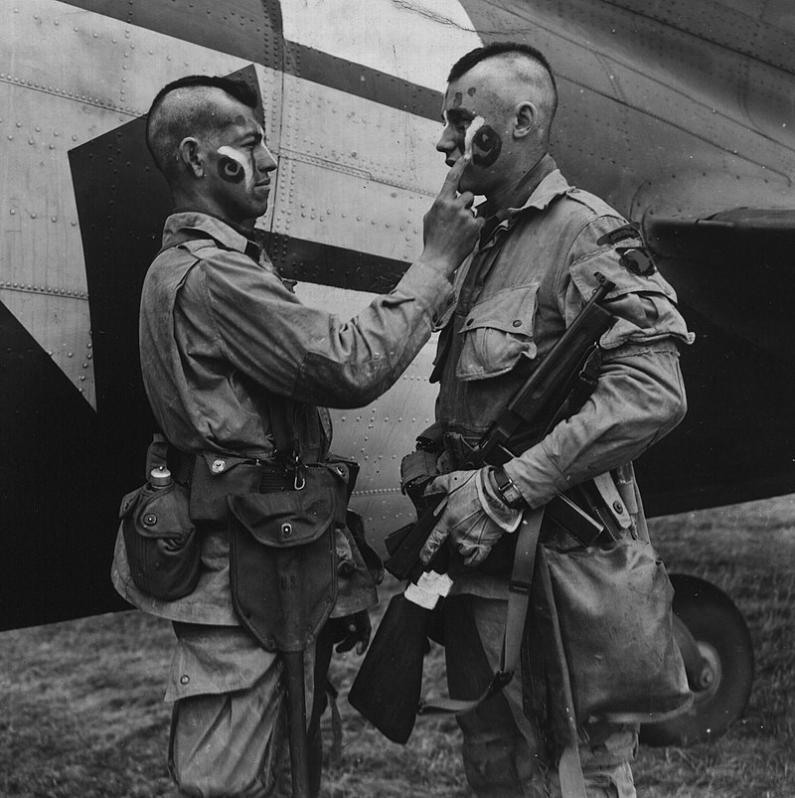
The haircut also made its way to the Vietnam War, where Green Berets would shave their heads into a mohawk before “going over the hill.” This was actually the inspiration for the mohawk sported by Robert De Niro’s character Travis Bickle in the 1976 classic Taxi Driver.
Mr. T, perhaps the most famous purveyor of the mohawk in recent times, spoke about the historic significance of the style when speaking with the Harvard Crimson.
“All right, let’s start with the hairstyle. People say, ‘Oh Mr. T is about that hairstyle, why you get that hairstyle, is that punk rock, is that Mohican, are you a Mohawk? No, when they say that, I’m honored, because I’m proud to be along with the Mohican Indians and all that, but there’s a tribe in Africa, the country of Mali, that wear their hair this way, they’re called the Mandinke warriors.
"I tract it through the National Geographic magazine, so you know they don’t tell no lie. That wasn’t in People magazine, be better than your People magazine. But so the hairstyle like I said is a Mandinke, they wear it this way.”
Be better than your People magazine, Mr. Solskjær.
There’s a sense then that when a manager like Solskjær says something like this, he either has no clue what he’s talking about or he’s genuinely concerned that he’s actually signing Blink-182’s Travis Barker. But the mohawk is nothing like the incendiary gesture it used to be at the height of the ‘70s and ‘80s punk-rock scene, and certainly it’s no longer the hairdo of defiance that used to be the showpiece of a non-conformist.
“The mainstreaming of the mohawk is a real bummer for the authentic punks who have been living that lifestyle forever,” said photographer Ed Templeton, who spent 20 years taking portraits of mohawk-wearers around the world. “Even the kids I see who are legit punks, there’s an element of dress-up.”
It’s ironic that the point of a mohawk in punk is to say, “Yes, look at me. Aren’t I dumb for doing this? Isn’t it shocking? But that’s exactly the counterpoint I’m trying to convey: who’s the idiot when you’re the one that’s judging me and shocked by hair?” It’s entirely plausible that’s what the Norwegian player was trying to express — “Don’t judge me on my hair, judge me on my ability.” — but Solskjær obviously didn't get the message.
So just how worried should Solskjær have been about accidentally signing Johnny Rotten and ruining team chemistry because of a strip of noticeably longer hair? I’d say Solskjær always has a better chance of ruining the spirit of the dressing room by himself.
If I were the manager of Molde, I’d go the opposite direction: "I once went to see a player and as he walked out of the dressing room, he had a mohican. I just said to my scout: 'Let's sign him, 100 percent interested.’ That was a very short scouting trip."
This is the team I’d then assemble to beat the hell out of the bourgeois.
GK: David de Gea
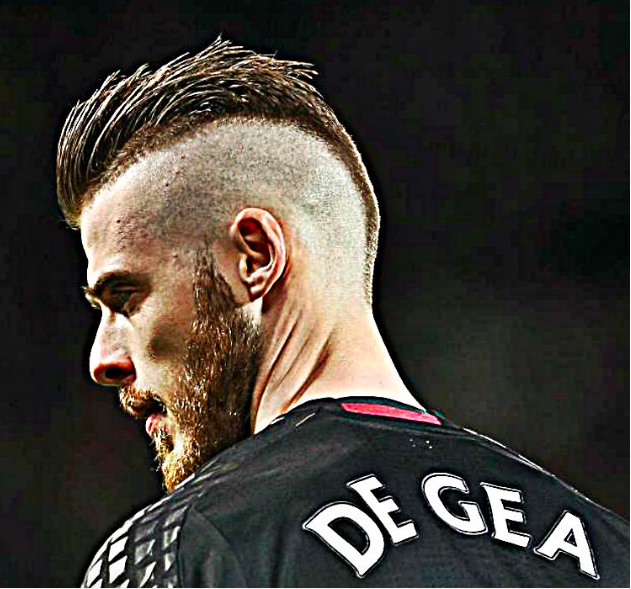
LCB: Philippe Mexès
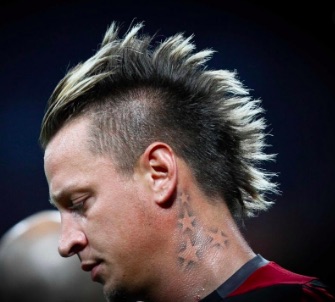
CB: Sergio Ramos
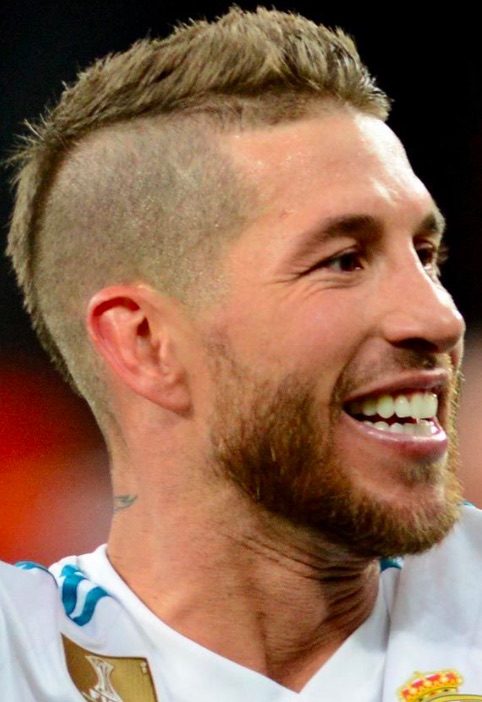
RCB: DeAndre Yedlin
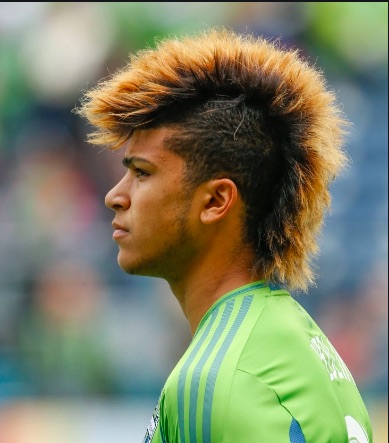
CDM: Raul Meireles
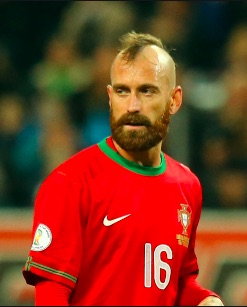
RCM: David Beckham
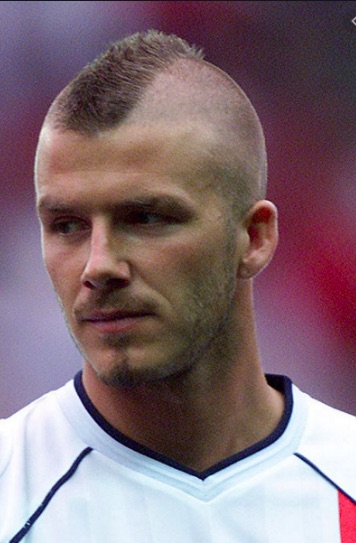
LCM: Arturo Vidal
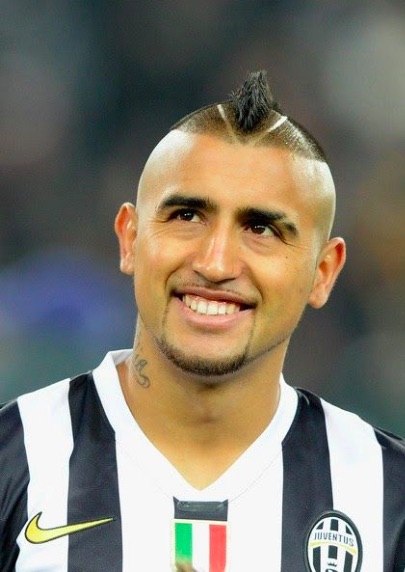
CAM: Marek Hamšík
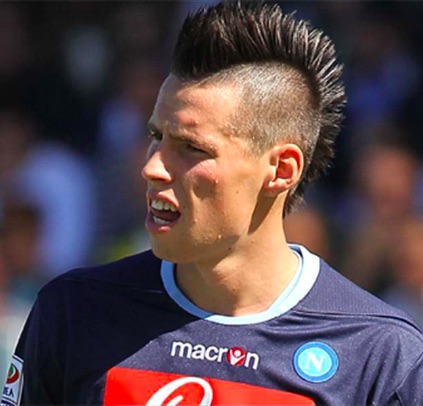
LW: Neymar
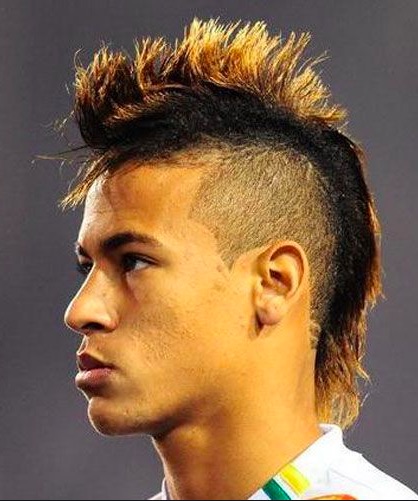
ST: Mario Balotelli
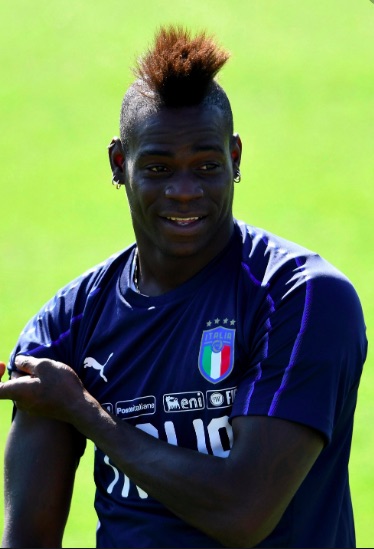
RW: Stephan El Shaarawy
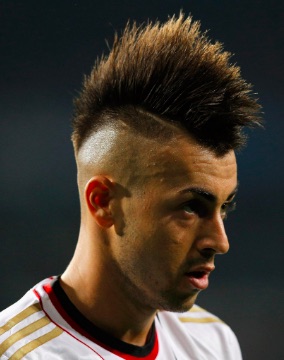
Player-Manager: Clint Mathis



